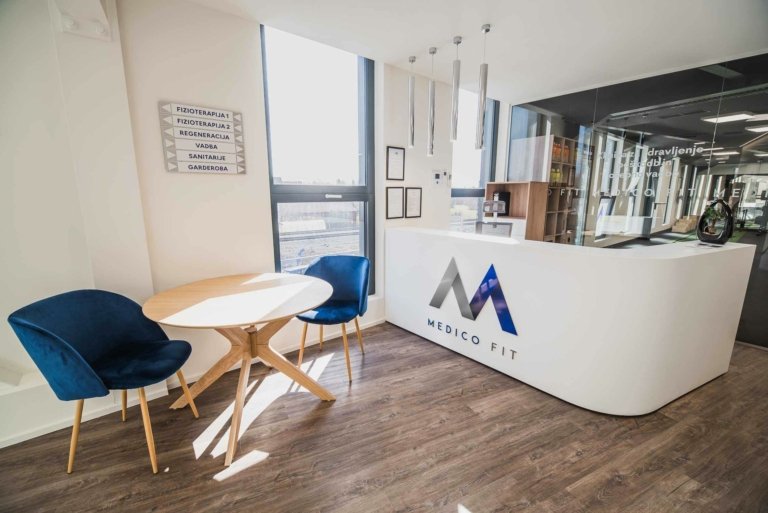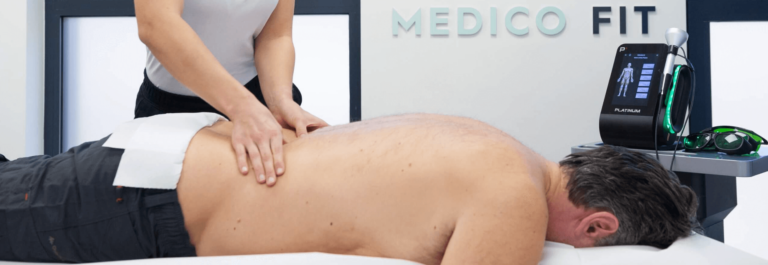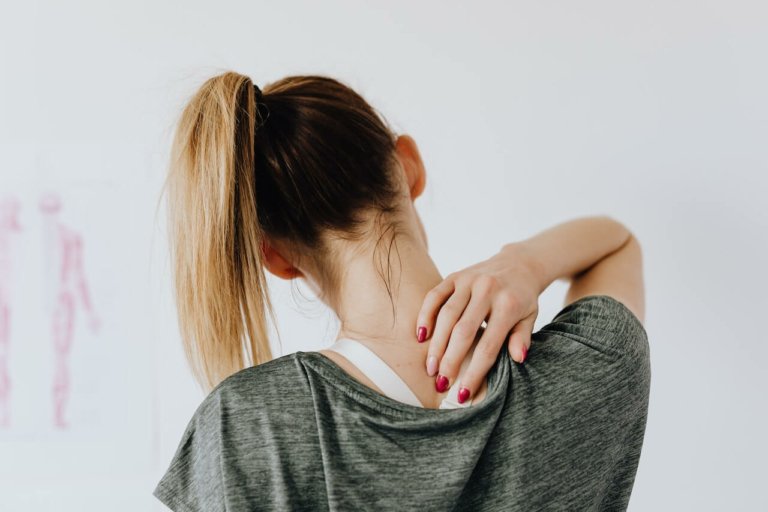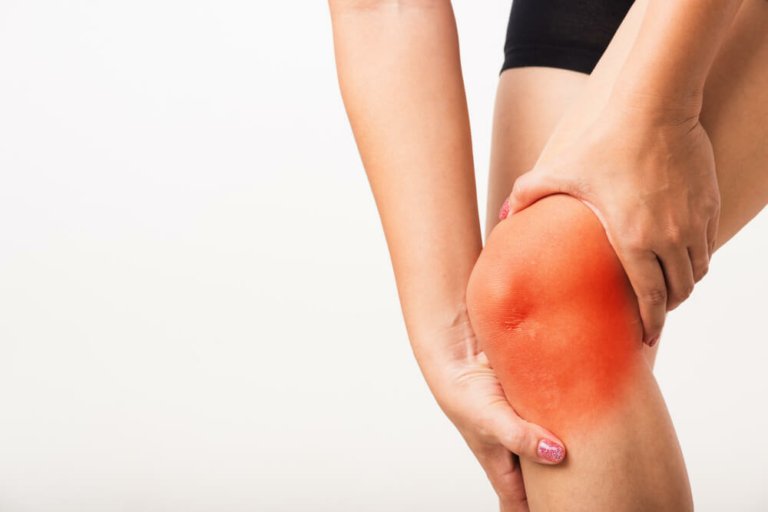Poškodbe rame so pogost razlog za obisk zdravnika. Po podatkih naj bi kar polovica ljudi vsaj enkrat v življenju utrpela poškodbo rame (6). Ramenski sklep je k poškodbam nagnjen zaradi svoje anatomske sestave, kjer v zameno za gibljivost »kompenziramo« stabilnost.
Zanimivo je, da je tveganje za poškodbo največje med najstniki moškega spola in starostniki. Prvi imajo povečano tveganje zaradi večje aktivnosti, ki vključuje športne dejavnosti, drugi pa so bolj obremenjeni s tveganji za padce in s tem zlome.
V skupini starostnikov po spolu prevladujejo ženske (1). Različnih poškodb ramena je veliko in veliko razičnih je tudi načinov zdravljenja. Vsem pa je skupno poškodovanje tkiva in njegovo celjenje. V nadaljevanju članka bomo predstavili osnovne informacije o procesu celjenja in na kakšne načine ga lahko podpremo ter s tem odpravimo samo poškodbo. Še prej pa si oglejmo kako je sestavljen ramenski sklep.
The shoulder joint has the biggest range of motion out of all joints within the body. This is reflected in its complexity and consequently also in the various possibilities for injury and damage (4). Shoulder pain is one of the most common musculoskeletal problems.
Due to the ageing as well as an increased physical activity among the western population, the number of shoulder pathologies is increasing and is likely to continue to increase in the future (6).
Rehabilitation is a complex, multi-factor process that can be very helpful in improving your quality of life, but can also have the opposite effects and prolong the healing process, if not carried out correctly. Conservative treatment combined with physiotherapy and specialized exercises remains the only long-term option for achieving a healthy shoulder and full functionality of your arm.
It is often said that during the rehabilitation process nothing happens on its own except for the loss of function and muscle atrophy, which is why moving the affected joint is extremely important. However, this has to be performed in a thoughtful and guided manner.









